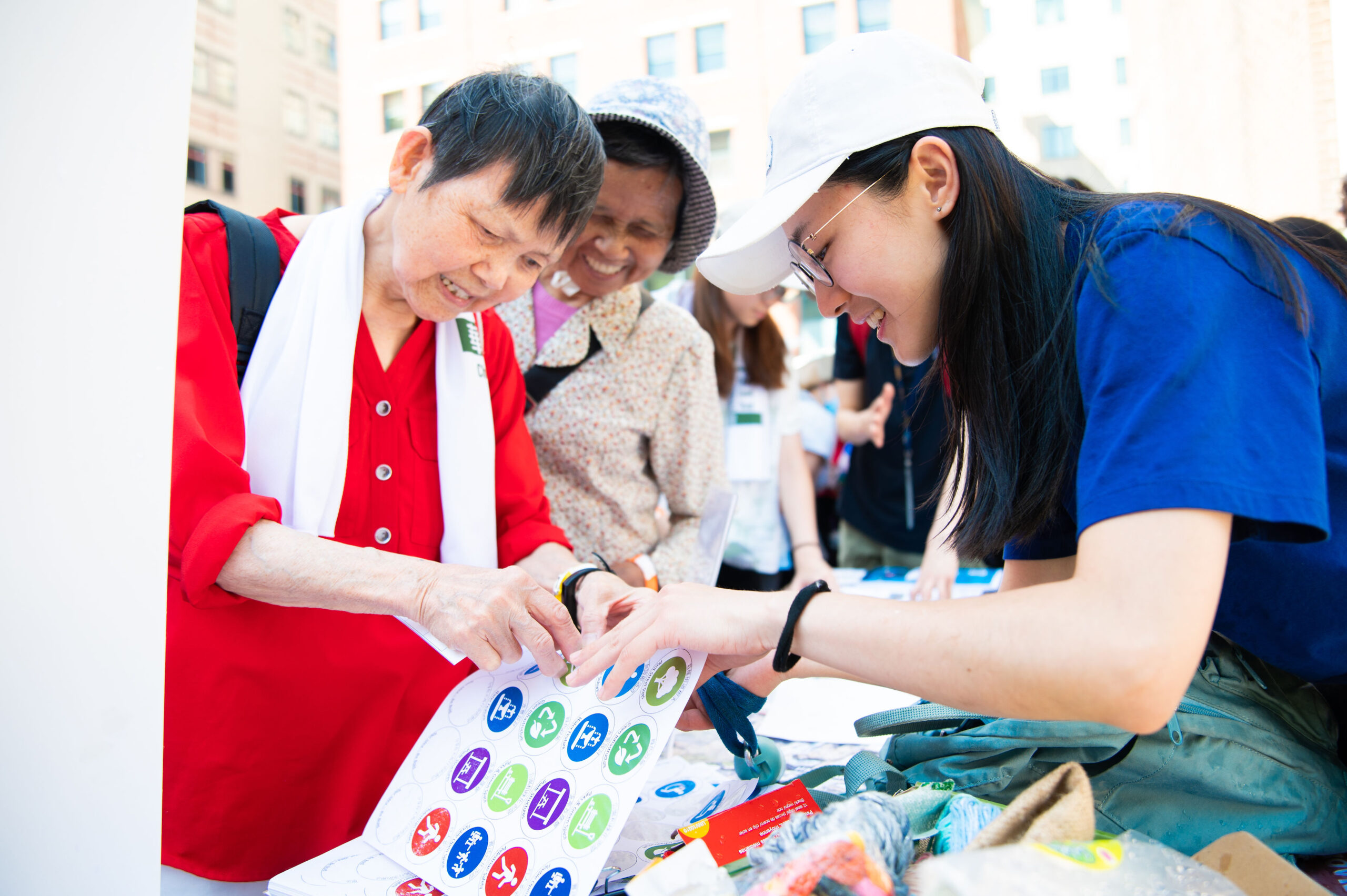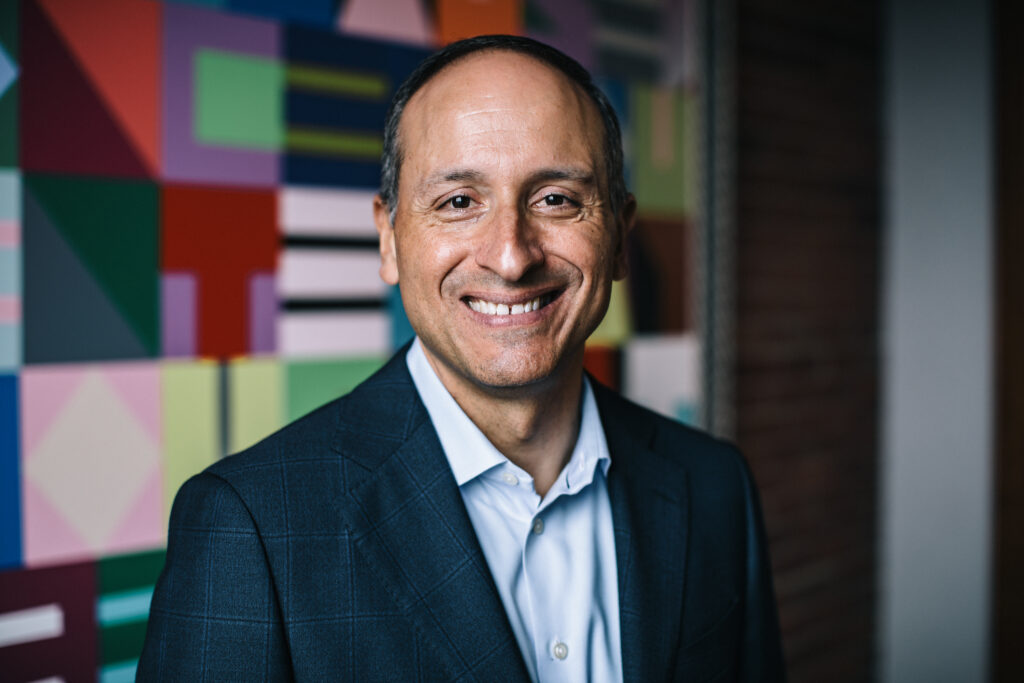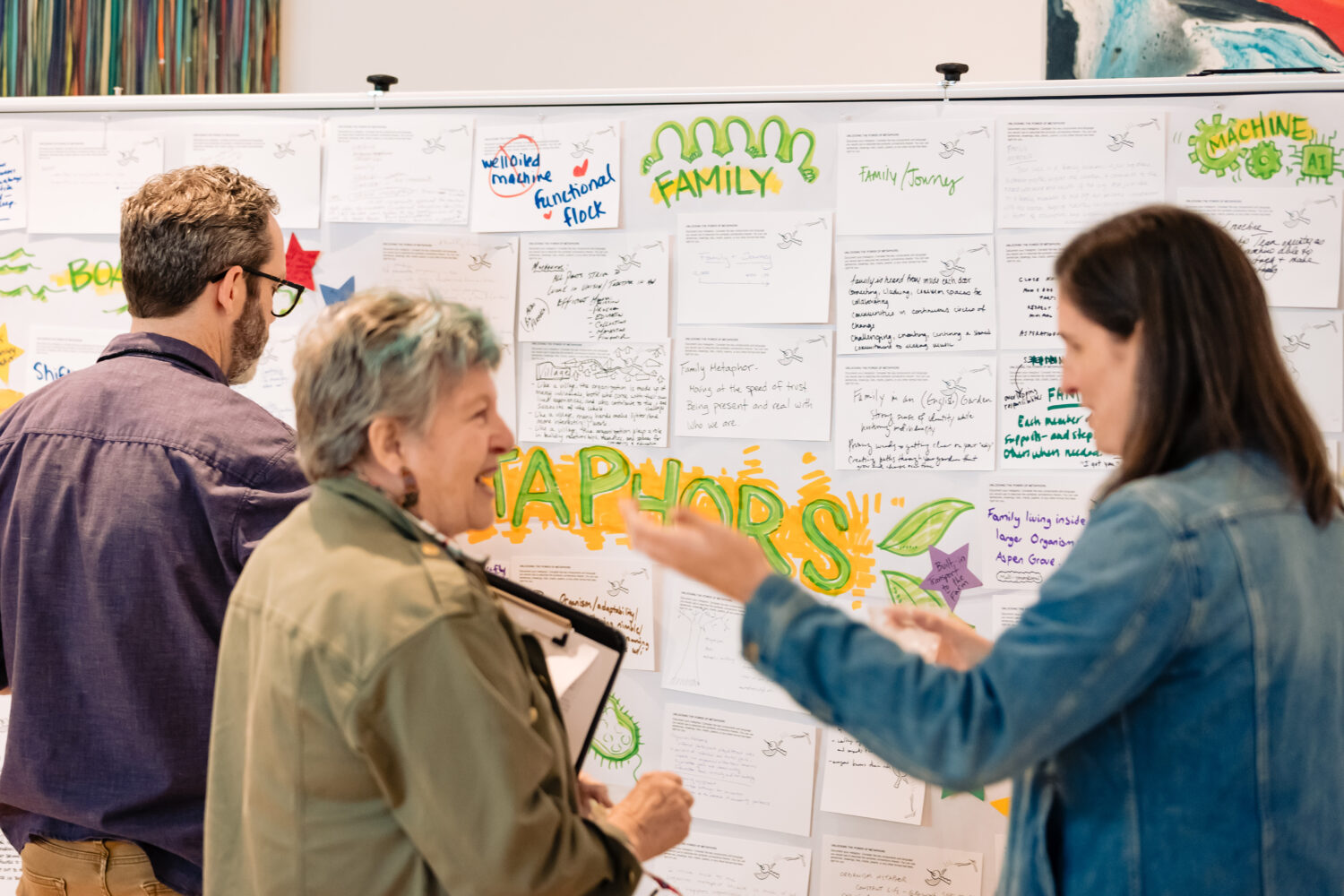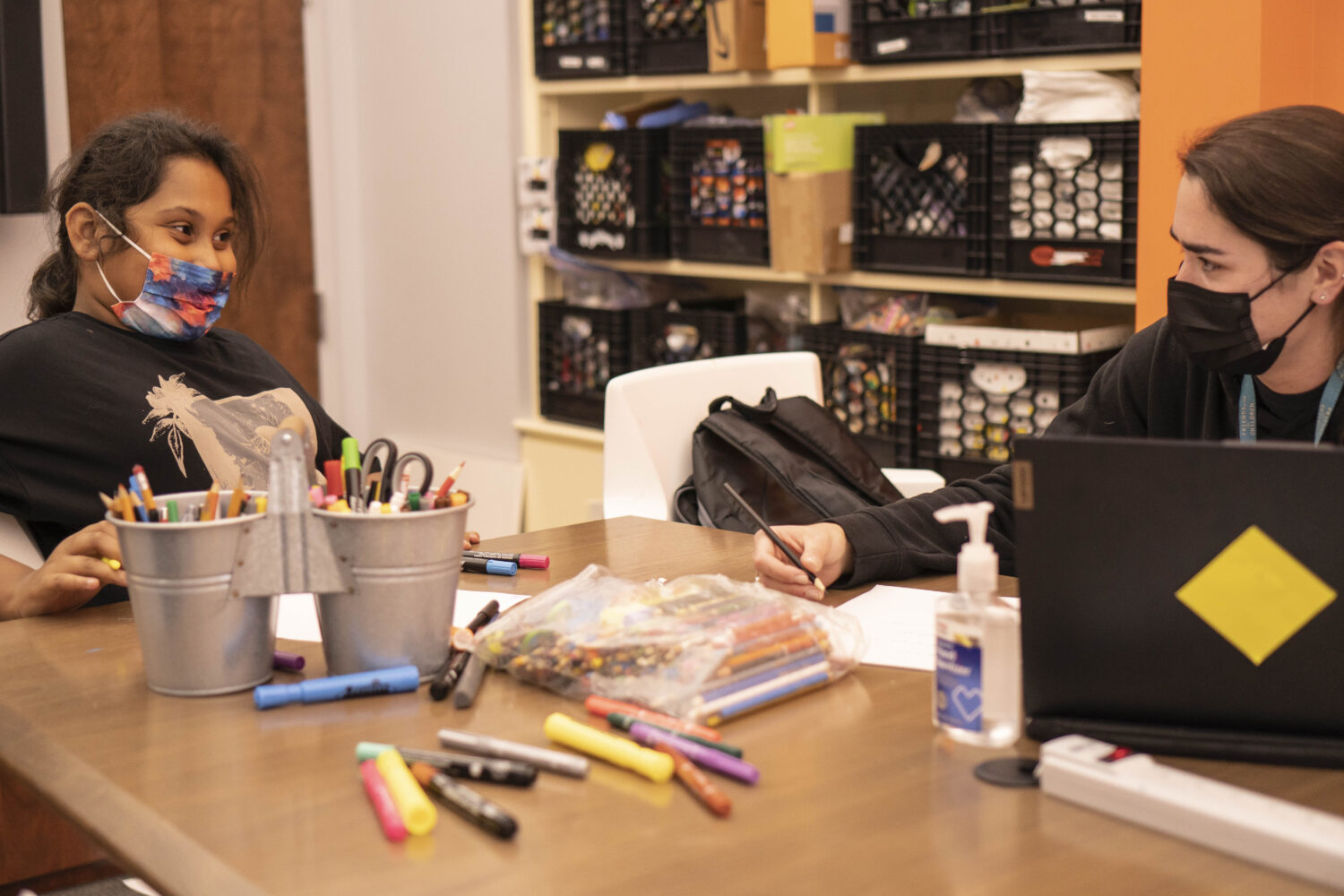Originally published on the Stanford Social Innovation Review.
When social sector organizations center their communications on values, mission, and impact, how does it change how they practice communications and what can it achieve?
The Barr Foundation began in 1997 as an anonymous philanthropy, quietly supporting nonprofits in Boston. Like many of our peers at the time, we barely practiced communications at all. We associated it with marketing, promotion, or credit-seeking—things that felt antithetical to our values and how we wanted to show up for our community. Yet, by 2014, many leading foundations were using communications in new ways that aligned with their values and kept the focus on their mission and impact. Our trustees soon told us loudly and clearly, “If communications advances mission, we should be doing it!”
That was the beginning of a culture shift for us. As part of Stanford Social Innovation Review’s 2015 “Making Ideas Move” series, we reflected on our first steps to create a communications culture at Barr. Fast forward 10 years, and we have developed a communications team of four (out of 50 overall), added our voice to the public square in a range of ways, and integrated communications as a strategic tool in our grantmaking.
Despite the challenges, we are buoyed by the amazing leaders we support and the potential all around us to advance change. So, we continue to ask: “How can we show up for our community right now, in ways that align with our values and mission, and are focused on impact in the communities we exist to serve?”
Reflecting on this question and our communications work over the last decade, three practices have been particularly important—and will surely guide how we approach the work ahead:
1. Keep relationships and trust at the center.
If the center of marketing-oriented communications is the market, the center of mission-oriented communications is relationships and building trust that binds us together.
Barr began its work anonymously because we believed the nonprofit organizations we were supporting deserved the credit and the attention. We still believe that. Likewise, acting with humility remains one of our core values. Yet we realized that by not openly sharing who we were, what we did, and why, we risked being seen as mysterious, even suspicious. A lack of transparency makes it difficult to gain trust and build relationships, even with others who share the same values and aims.
As we began to think of communications as a strategy to advance mission, and as we took our first steps towards greater openness and transparency, we determined that anything we did in communications had to contribute to stronger, more meaningful, and more authentic relationships. This insight extended from our fervent belief that one of the best predictors of success in philanthropy is the strength of relationships between foundations and grantees.
“Nobody cares how much you know until they know how much you care” is a truism often credited to Theodore Roosevelt. Similarly, in the context of communications, it doesn’t matter how masterful you are with the tactics, or how eloquent and focus-grouped your message is, if your audience doesn’t know you and trust you, and know that you care. Building that trust starts with listening.
So, we have always strived for our communications to start and end and do everything in between with listening. With help from the Center for Effective Philanthropy, Barr continually asks grantees for candid feedback, and we are open about what we hear and the changes we make as a result. Our ultimate measure of success for our communications is not defined by questions like, “Did we reach the people we were trying to communicate with?” or “Did they do what we wanted them to do?” but rather, “Did they feel and say that Barr asked questions, listened carefully, and heard them?” and “Did we show up for them in ways that mattered to what they’re trying to achieve?”
2. Show your values by words and actions.
We have all heard the adage, “Actions speak louder than words.” But in our communications, we learned that both words and actions really matter.
The right words at the right time can be powerful. Even if we don’t have actions ready to back up our words of solidarity, allyship, and support, speaking them can encourage others to stay the course, promote healing, and foster hope. Our 2024 Grantee Perception Report shows that speaking up to affirm our values and commitments matters to grantees; it conveys that we “have their backs” and they can point to our example with their board members or other funders who may be counseling caution or stepping back. For example, we grounded Barr’s response to the 2023 Supreme Court ruling on affirmative action in our mission to invest in potential and our core value of centering racial equity. This also led us to speak up on the morning after the January 6 insurrection in Washington, DC, and more recently, in the final weeks leading up to the 2024 presidential election.
Yet we know that words alone can ring hollow. They can feed cynicism and erode trust. In choosing when and how to speak up, we ask, “Even if we can’t yet point to actions that align with our values, will meaningful actions follow?” Since adding “center racial equity” as a core value in 2021, we have put those words into action with new grantmaking and new ways of working. These include our Powering Cultural Futures initiative, which invests in artists and communities of color in Massachusetts; multiple actions to develop a more diverse, inclusive, equity-centered climate movement; new tools to advance excellence and equity in high schools; and a new grantmaking initiative to support racial wealth equity in Greater Boston.
3. Build community.
Focusing on mission and building community with our communications has also led us to invest in helping our community of partners be more effective with their own communications. Indeed, communications capacity building is one of the many ways we provide support beyond grant dollars alone.
Helping our partners strengthen their communications takes several forms. Starting from the assumption that we are not always the best messenger, we readily “pass the mic,” inviting our partners to use our platforms to speak directly with the audiences we’ve worked to build. This includes guest-authored articles on our website with insights related to the arts, climate, and education. We sometimes build communications capacity into grants, in alignment with our partners’ needs and aspirations. We also invest in research and share what we learn about effective messaging (for example, about attitudes towards clean energy or the economic impact of arts and creativity). In addition, we hire communications experts who provide trainings, individualized consulting, or help facilitating groups of grantees to align on strategy, messaging, and opportunities where the whole of our collective voices and actions can exceed the sum of our parts.
Though we can never know for certain what tomorrow will bring, we know what we are determined to bring to it. Our own journey from being an anonymous, behind-the-scenes contributor to a transparent, vocal, and visible partner in community change has helped us begin to see what’s possible when we keep relationships and trust at the center, show our values by our words and our actions, and invest in the collective communications potential of our community.





